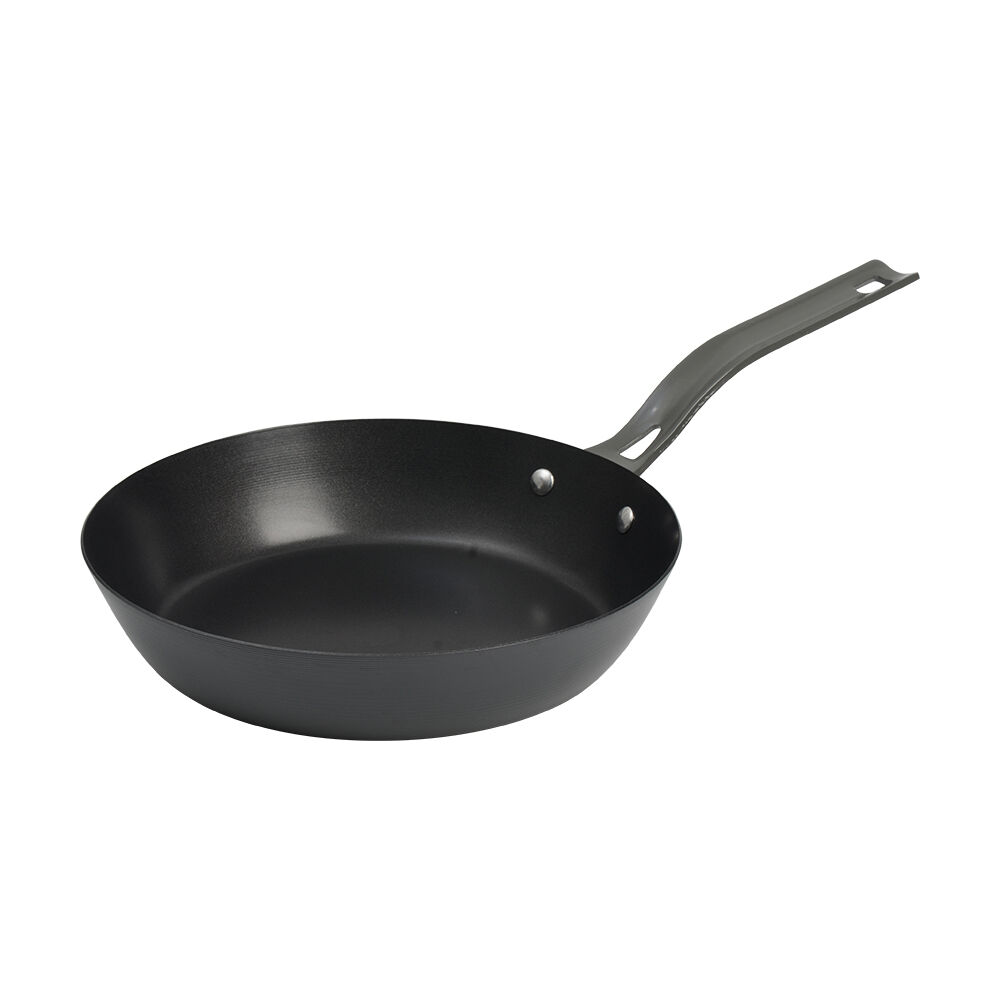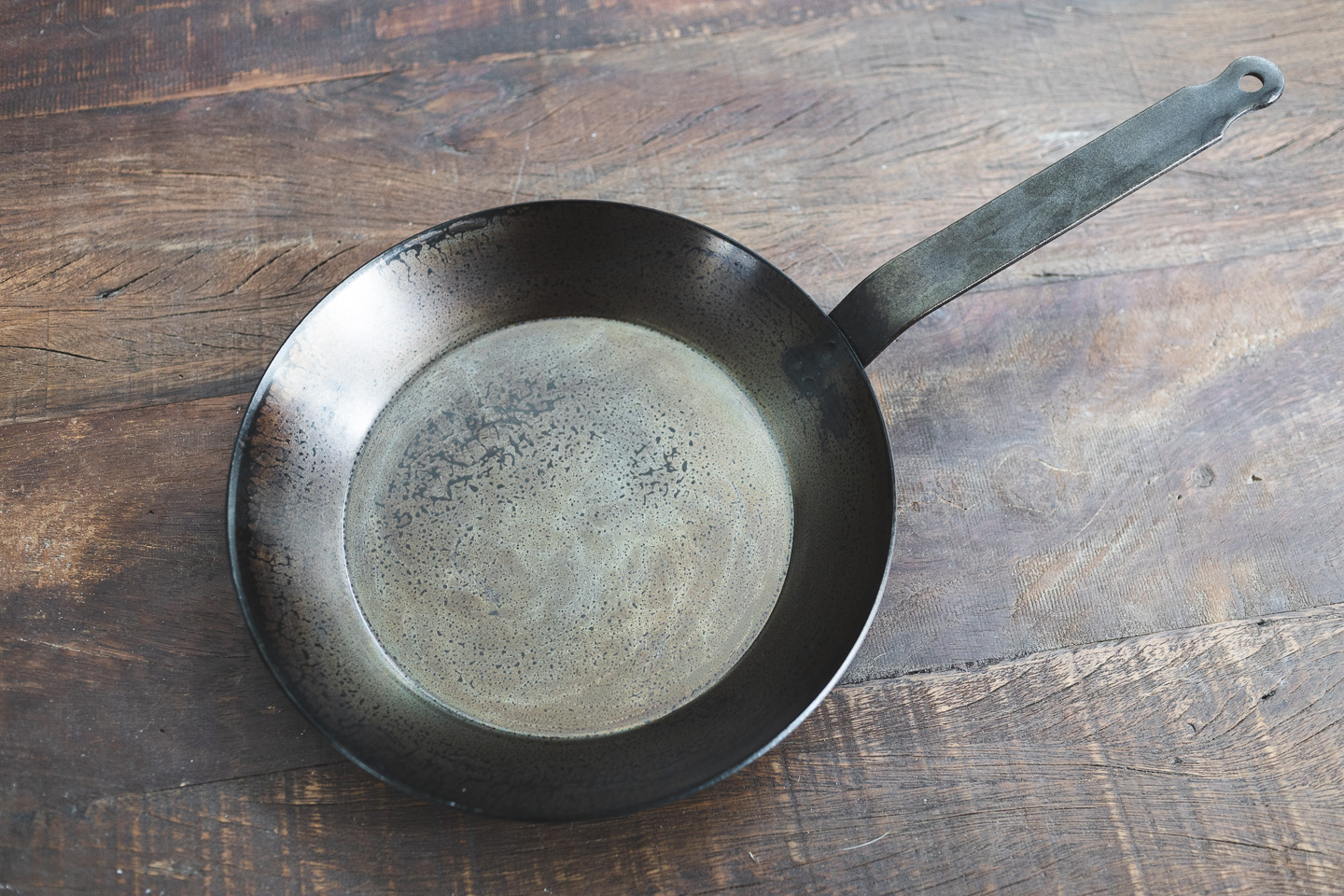

For a standard carbon steel pan you'll pay somewhere between $30-$80, depending on size. Inexpensive: Most carbon steel pans are inexpensive. Many people claim it's even better-and it's certainly safer, as the pan has no potentially dangerous chemicals. Nearly nonstick: When well-seasoned, carbon steel can make an excellent substitute for a nonstick-coated pan. But even so, you can get excellent results, and the thicker the carbon steel, the better the searing. Is carbon steel as good as cast iron for high heat searing? Not quite. The heat capacity ratings of carbon steel and cast iron are identical, which means the thicker material will retain more heat. Many people disagree with this statement, and you will find other sites that say it's just as good, but the physics of heat retention make it impossible for thinner carbon steel to retain heat as well as thicker cast iron. Note that because carbon steel is thinner than cast iron, its heat retention won't be quite as good.


If you pre-heat carbon steel enough before use, it makes an excellent all-purpose skillet. Great heat retention: Like cast iron, carbon steel heats slowly and unevenly, but once heated through, it retains heat well. The density is about the same, so if it were as thick as cast iron, it would weigh as much. This is the main reason carbon steel is lighter than cast iron: because it's thinner. Lightweight: Because carbon steel has less carbon, brittleness isn't as much of an issue, so it can be worked into thinner pans than cast iron. Here are the traits that make carbon steel excellent for skillets: This means it's much better than stainless steel, which requires cladding with aluminum or copper to make good cookware. Other than being thinner, the heating properties of carbon steel are almost identical to cast iron. Carbon steel is most similar to cast iron, but it contains less carbon (ironic, given its name), which makes it possible to make thinner pans out of it: the carbon in cast iron makes it brittle, so it has to be thick or it is prone to cracking. Our skillets are factory seasoned with several coats of flax seed oil baked on, which means they are ready to go right out of the box.Back to TOC What Makes Carbon Steel Great?Ī lot of people think of carbon steel as halfway between stainless steel and cast iron, but that isn't really the case.

Yes, it adds a bit of weight but also improves the pan’s heat retention and searing power.ģ) The Finish – Most manufacturers coat their carbon steel skillets in wax to protect them during transit requiring the customer to remove the wax and season the pan before use. Cast in solid 304 stainless the handle is polished by hand and is indestructible.Ģ) The Pan – Pressed from 3mm thick steel, Our carbon steel skillet is a bit thicker than most others. After we developed our cast iron line, we set our sights on building the best carbon steel skillet ever made, here’s how we did it:ġ) The Handle – This is what really sets our pan apart, It won’t get hot, is extremely comfortable and takes up less space in your drawer than that long flat steel handle on the other skillets. Its time to ditch your disposable aluminum pans for good and Carbon Steel is the answer.


 0 kommentar(er)
0 kommentar(er)
